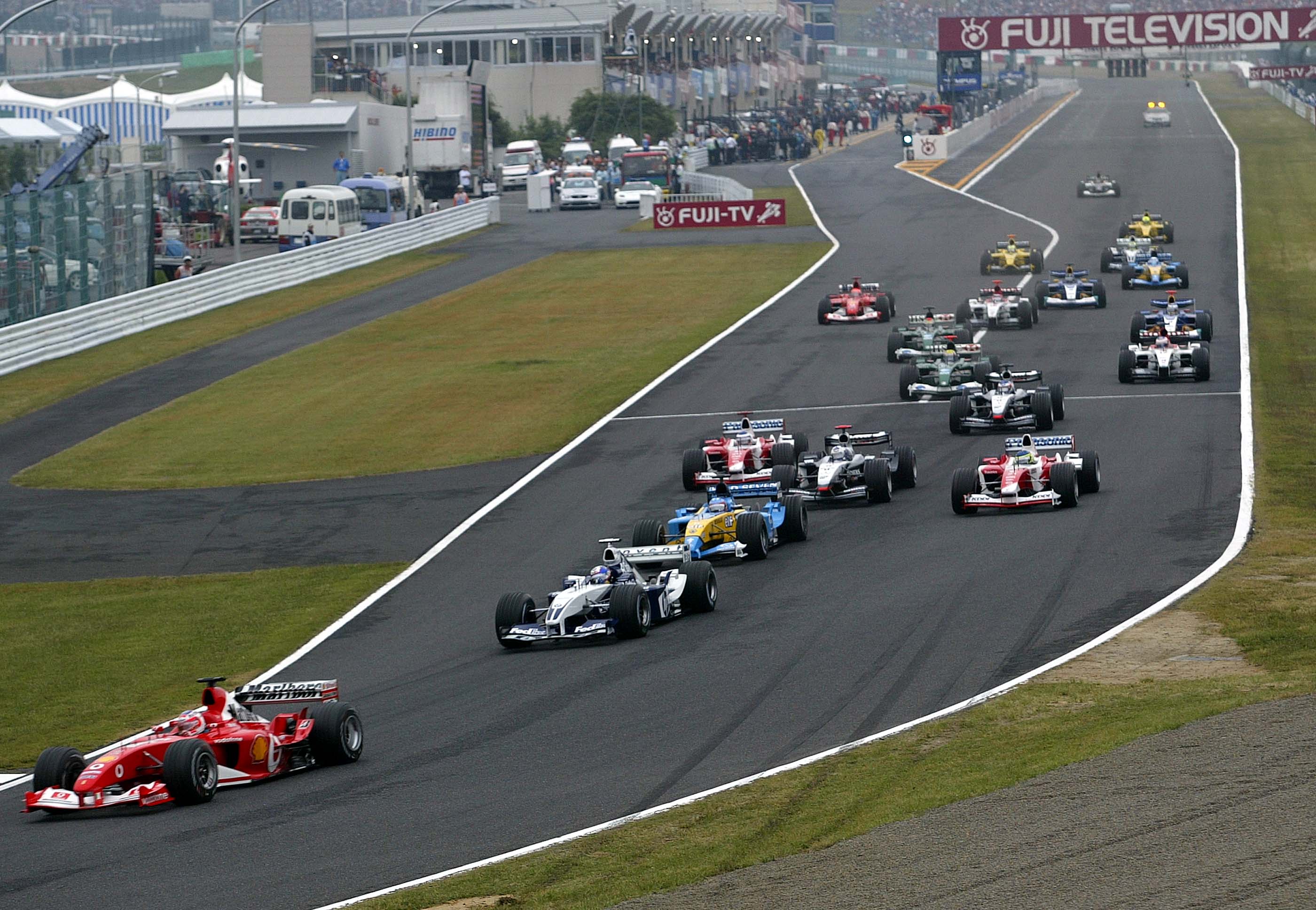F1 can’t let manufacturers break the rules that enticed them
Formula 1 is in the midst of a new influx of manufacturers, drawn in by the very strengths that their presence risks destroying as Edd Straw explains

Manufacturer involvement in Formula 1 has waxed and waned over the years, at the mercy of the forces of economic, social, fashion and automotive trends. We’re in the midst of a new influx of OEMs, drawn in by the very strengths that their presence risks destroying.
Car companies have played a profound role in shaping F1. Their numbers have varied dramatically, but with Ford, Audi and General Motors (using the Cadillac brand) all either committed or pushing for a place on the grid, it’s clear we’re in a time when the manufacturers are drawn to F1 like moths to a flame. That brings with it the danger of being burned.
Manufacturers are not nefarious forces that set out to do damage, and have contributed plenty of good over the years. But it’s their very nature that can cause the problems.
One of the major reasons automotive manufacturers are drawn to F1 right now is value for money. That’s true whether we’re talking about what’s effectively a glorified sponsorship deal, such as the Stellantis deal with Sauber that puts Alfa Romeo on the grid, full-blown works teams or anything in between.
The existence of the cost cap, which also covers engines from 2026 (including the development period preceding that), and wider regulations that should theoretically make it at least possible for every team to be competitive, is what has drawn them in. Combined, of course, with the growing popularity of F1 and the fact the current engine technology can be reconciled with the shifting landscape of road car land thanks to the hybrid factor.
Yet manufacturers tend to lead to rising costs. The paradox of manufacturers in F1 is that while the expense of being competitive in F1 is a major force in keeping them out, they almost invariably lead to those costs rising once they are drawn in. What’s different today is that spending is now contained by the twin cost cap dams.
F1 is still in a period of coming to terms with the current cost-control regime. That means those with the cash to spend are still probing its limits, testing them. That brings with it the risk they will do so to destruction.
This isn’t undertaken with malice. Competitive paranoia means that there will always be a belief that some rival or other is pushing the limits, therefore it’s necessary to do the same. The desire to win leads to boundaries being pushed and the reflex when you want to do better is often to reach for the chequebook. The greater the cash sloshing around in F1, the greater the risk. And those working with the manufacturers will always push hard to appeal to the boards of their partners in search of more money.
The irony is that when manufacturers turn their back on F1, cost is almost invariably cited as the reason. There are always other factors, such as a shift in the prevailing economic conditions that make F1 look like an ostentatious waste of money, but usually it’s just an easy spend to put a red line through. Doubly so if you are not being successful given manufacturers rarely walk away while winning (although there are examples of this happening, such as Renault pulling out at the end of 1997 after six years in which it won 11 out of 12 drivers’ and constructors’ titles).

That’s the ludicrous story of uncommitted manufacturers in F1. They come in, drive up the costs, make the playing field uneven and then often disappear griping about the money involved and the lack of results. Granted, they aren’t the only force that leads to spending rising, but they just can’t help it. And with the exception of near-ever-presents Ferrari and Mercedes in recent times (given the latter has been in F1 continuously for almost three decades now), they usually do walk away eventually.
It’s a positive that so many manufacturers are interested in F1 and able to be represented on the grid in a multitude of different forms. What they must not be allowed to do undermine the very reasons they have been drawn in.
Their presence, in all their varying forms, is therefore a test of the robustness of F1’s cost-capping mechanisms and the landscape created by the rulemakers that could ultimately lead to the most level playing field there has ever been in grand prix racing.



